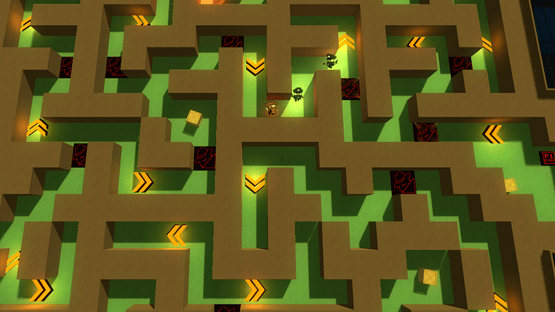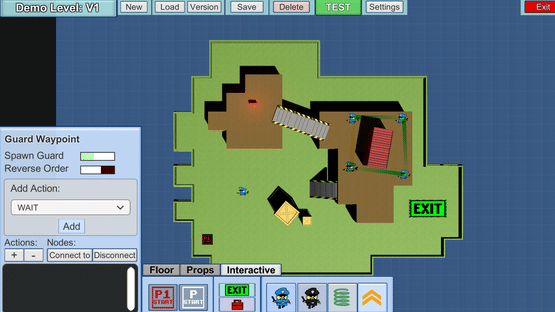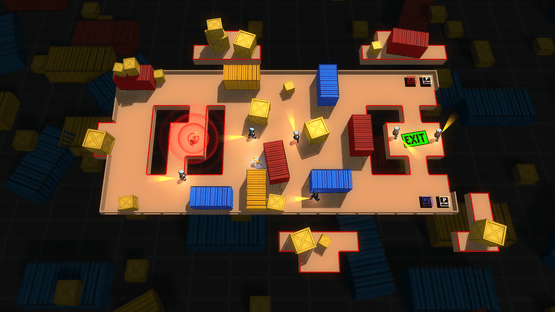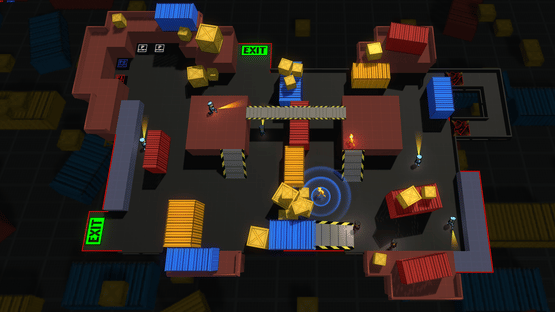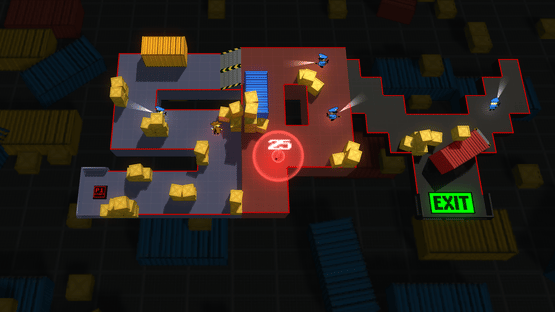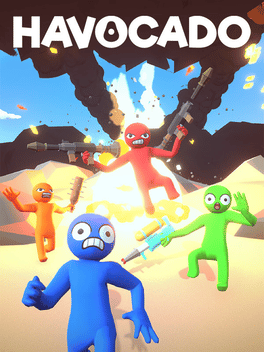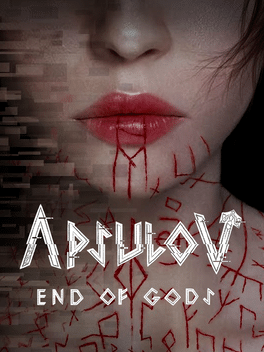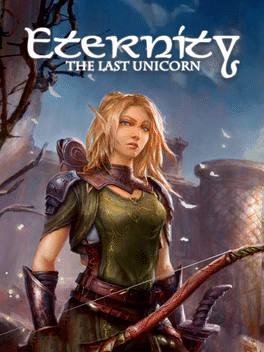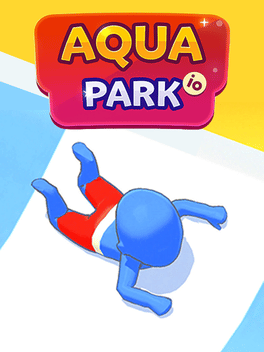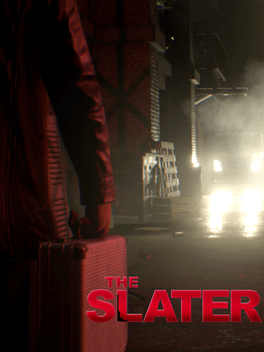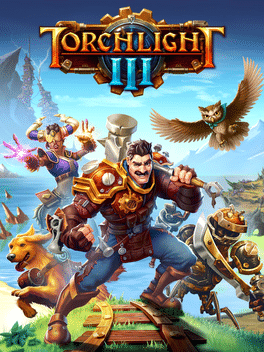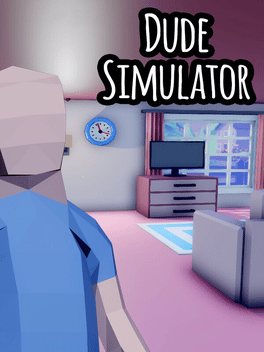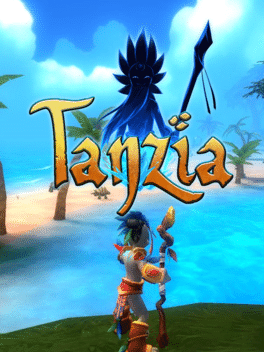
Counter Agents (2016)
Counter Agents is a spy-themed, head-to-head multiplayer game where your objective is to sneak around guards, steal the briefcase, and make it to an exit point before your opponent. Take on the solo-player challenges, compete with your friends in multiplayer mode, and enjoy creating your own maps with the brilliantly simple level editor!
- Release Date: December 1, 2016
Screenshots
Video
Related Games
-
Havocado
2019
-
Apsulov: End of Gods
2019
-
World War 3
2022
-
Aquapark.io
2019
-
The Slater
2018
-
Torchlight III
2020
-
Dude Simulator
2017
-
Tanzia
2018
-
Don't Knock Twice
2017
